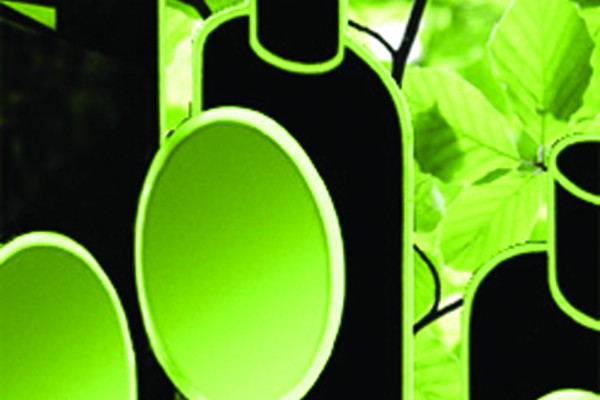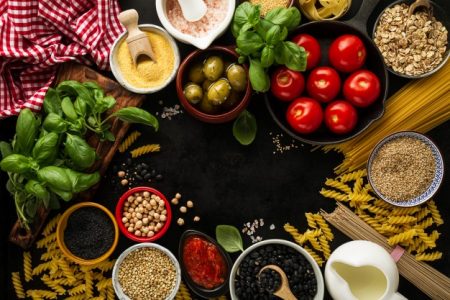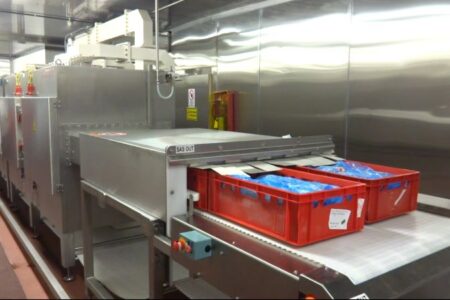Labelling the future

 Innovation is changing the face of the entire print industry, says Jules Lejeune, managing director of European self-adhesive labelling association FINAT
Innovation is changing the face of the entire print industry, says Jules Lejeune, managing director of European self-adhesive labelling association FINAT
How to label the future? That is a real challenge for the label industry, particularly in the face of the exceptional change that is happening on many fronts.
A developing palette of label technologies and alternative options – such as the ‘cloud’ business environment; the urgent need for succession change in SMEs; making the decision to stay local, serve a speciality market segment or go international; and maturing geographical markets versus the emerging economies – are all topics which, within FINAT and its member companies, the label industry is actively engaged in addressing.
Changing face
Technology innovation is changing the face of the entire print industry. As commercial print dwindles in favour of downloadable reading matter, so packaging print is growing exponentially. It is the key area where the consumer relies on a product’s physical brand image to confirm its quality, reliability, and desirability.
Narrow-web label converters, working with innovative new print substrates, inks, and varnishes, are today able to deliver a much broader spectrum of solutions to their brand-owning and retailer clients than just self-adhesive labels. Shrink and stretch sleeves and flexible paper and film pouches are good examples.
This expanding capability also extends to the print processes they can offer. Today’s modular presses make it possible to use multiple ‘traditional’ print processes – UV flexo, screen, foil blocking – in the one machine pass, as well as digital print for personalisation, barcoding, etc. What’s more, the new-generation digital label presses deliver high-quality print results too.
Lean and green
At a time when brand owners are concerned with keeping costs as low as possible, optimising profits and still presenting a ‘green’ image to the consumer, lean manufacturing and sustainable practices (including downgauging of label face materials and release base, and the recycling of process waste such as start-up materials/inks/spent release liner) must also be central to the label converter’s activities.
This is an arena where our industry has already seen much real achievement, and – taking into account all the elements of labelling, including transportation and inventory requirements, as well as labelling line set-up and downtime issues – self-adhesive solutions can really offer a lean solution.
Measuring the total applied cost (TAC) is a good way to prove the efficacy of self-adhesive label solutions.
E-commerce has long been a key to the effective running of the relationship between labelstock supplier and label converter, and today’s ‘back office’ at the label converter can be seamlessly integrated with the front end. Using today’s most up-to-date systems, which match those of the customers, is key.
Setting the context
There are other significant matters on the label converter’s menu today. Perhaps most importantly, making the decision as to how to take the business forward.
The self-adhesive label industry has come a long way in its relatively short life, and it was small, entrepreneurial ‘start-up’ companies with a vision who kick-started it.
With a relatively low-cost print room set-up, they were still able to offer their customers enormous variety – particularly in terms of label shape, thanks to the exceptionally fine kiss-diecutting results that could be achieved in the same machine pass in which the label was printed.
The nature of the basic labelstock construction – a sandwich of printable face material backed by an adhesive layer and a release liner – has made it probably the most flexible and versatile labelling medium available. Not only are the constituents of the labelstock all variable, but its stability allows labels to be automatically applied accurately, quickly and cleanly on simple label dispensing equipment.
Where next?
Thirty years on, the founders of these businesses are reaching retirement – and the succession-planning process must begin. The ‘savoir faire’ of young managers in what is a speciality converting industry is crucial – in terms of sound strategic business planning as well as in-depth familiarity of technologies.
A younger generation interested in taking on the reins is one solution, but there are other possibilities too. Specialisation is one route, as there are successful label printing companies serving such specialist industries as wines and spirits.
Alternatively, companies can look to extend their reach from being a ‘local’ supply base, to cross-border trading and then an international presence – achieved either independently or as a result of establishing partnerships and alliances with like-minded companies in other countries.
Finally, of course, there are mergers and acquisitions – today an area where we are seeing very strong activity. In this business environment, printers of packaging media other than labels (as well as ailing commercial printers) are strengthening their positions with label printer buy-outs.
The economies and improved profitability that supply chain participants can achieve by owning up- and downstream companies in the labelling chain are very evident today. Major brand owners and retailers are also considering the possibility of owning their own label print shops.
The future
Whatever is to come, the future will still need a label. The intrinsic function of a label is to identify the contents of a package.
We have come a long way from the handwritten ‘label’ on a brown paper bag (probably the first example of direct print – a labelling method that still has currency today.) We developed wet-glue labels, self-adhesive labels, shrink and stretch sleeves, and in-mould labels. And now we can learn about a product through scanning QR code on its packaging. But we still have to be able to pick the right product from the retail shelf – and only a physical label of some kind can enable us to do that.



